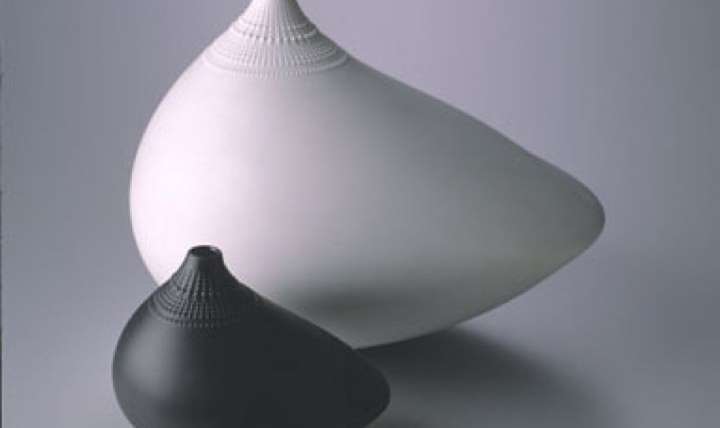The Myths about Legends of Tapio Wirkkala and Sibelius

In Finnish mythology, Tapio is a forest god and hunter. In ancient times, hunters would pray to Tapio before and after hunting. Tapio’s wife is the forest goddess, Mielikki. His children include Annikki, Tellervo, Nyytikki, and Tuulikki.
Tapio is a Finnish forest spirit
In Finland, the forest spirits are highly revered. These spirits are also known as menninkainen or Metsanvaki. In hunting rituals, Tapio and his family are summoned to the hunting grounds. Tapio’s daughter Annikki blows a whistle to awaken the animals.
In ancient times, Tapio was a major god of the Finnish forest and hunt. He ruled a kingdom called Tapiola. He was married to the goddess Mielikki and father of Annikki. He was accompanied by lesser elf-like spirits. People would often sacrifice food to Tapio for good hunting luck and protection.
Many Finnish forest spirits are believed to exist, including the legendary Tapio. He is often associated with a large tree in the forest. Some people believe that Haltijas also live in the trees, and when a tree is cut down, it will be angry and attack people.
He is a hunter god
According to Finnish mythology, Tapio is a god of hunting and game. People prayed to him before and after a successful hunt, and gave nut offerings to him as a sacrifice. The god was also revered as a protector of forests and game. He was also the husband of Mielikki, the goddess of hunting and the father of Nyyrikki and Tuulikki.
The hunter gods are often worshipped in Finland and Norway. The Norwegians and Scandinavians recognize the hunter god Ullr, while the Finns worship the forest spirit Tapio before every hunt.
He is the father of Annikki, Tellervo, Tuulikki, Tyytikki and Nyyrikki
In Finnish mythology, Tapio is the god of forests and the hunt, who ruled over the kingdom of Tapiola. He is the father of Annikki and other wild animals and was married to the goddess Mielikki. He was served by lesser elf-like spirits and was often prayed to for hunting luck and food sacrifices.
The gods of Finland are often represented as animals. In Finnish mythology, the gods of the sea and the sky were associated with various animals. One such animal was the toad. In addition, the Finnish God of the Night was called Ukko. He was also associated with the water spirit Ahti.
The gods of the sky were also revered by Finns. They possessed magical powers and possessed the ability to cast spells and remove witches. In addition, they were considered powerful and were feared by humans. The gods of the sky were often associated with hunters.
He is a father of many
Tapio Wirkkala was a Finnish designer and sculptor, who hailed from the rural town of Hanko. His work was characterized by a clean, modern aesthetic, which became a hallmark of Scandinavian design. He drew inspiration from the natural shapes and iciness of Lapland, where he spent much of his life. His designs are highly prized by museums and are selling for increasingly high prices.
Tapio is a father of many, a grandfather and a great uncle. He served as the god of the forest and hunting in the Finnish mythology. He was married to the goddess Mielikki and was the father of the goddess Annikki. His followers included lesser elf-like spirits. Many of his people prayed to Tapio for hunting luck and to sacrifice food to him.
He inspired Sibelius’s last major symphony
Sibelius is a prolific composer who reached the pinnacle of his career at the turn of the twentieth century. His last major work, the tone poem Tapio, was composed in 1926. Though the composer largely lay down his pen after the completion of Tapiola, he secretly continued working on the Eighth Symphony. Although his output is uneven compared to Mozart, Beethoven, and Brahms, Sibelius’s tone poems show the true brilliance of his genius. His seven symphonies rank with the greatest composers of any era.
Sibelius’s last major sYM is one of the most mature works of his career. It has a theme, two tempos, and no real orchestration, but it still manages to be a thrilling and memorable experience. Despite its short length, this work is an excellent example of Sibelius’s skill in harnessing nature and creating a unique musical world.
